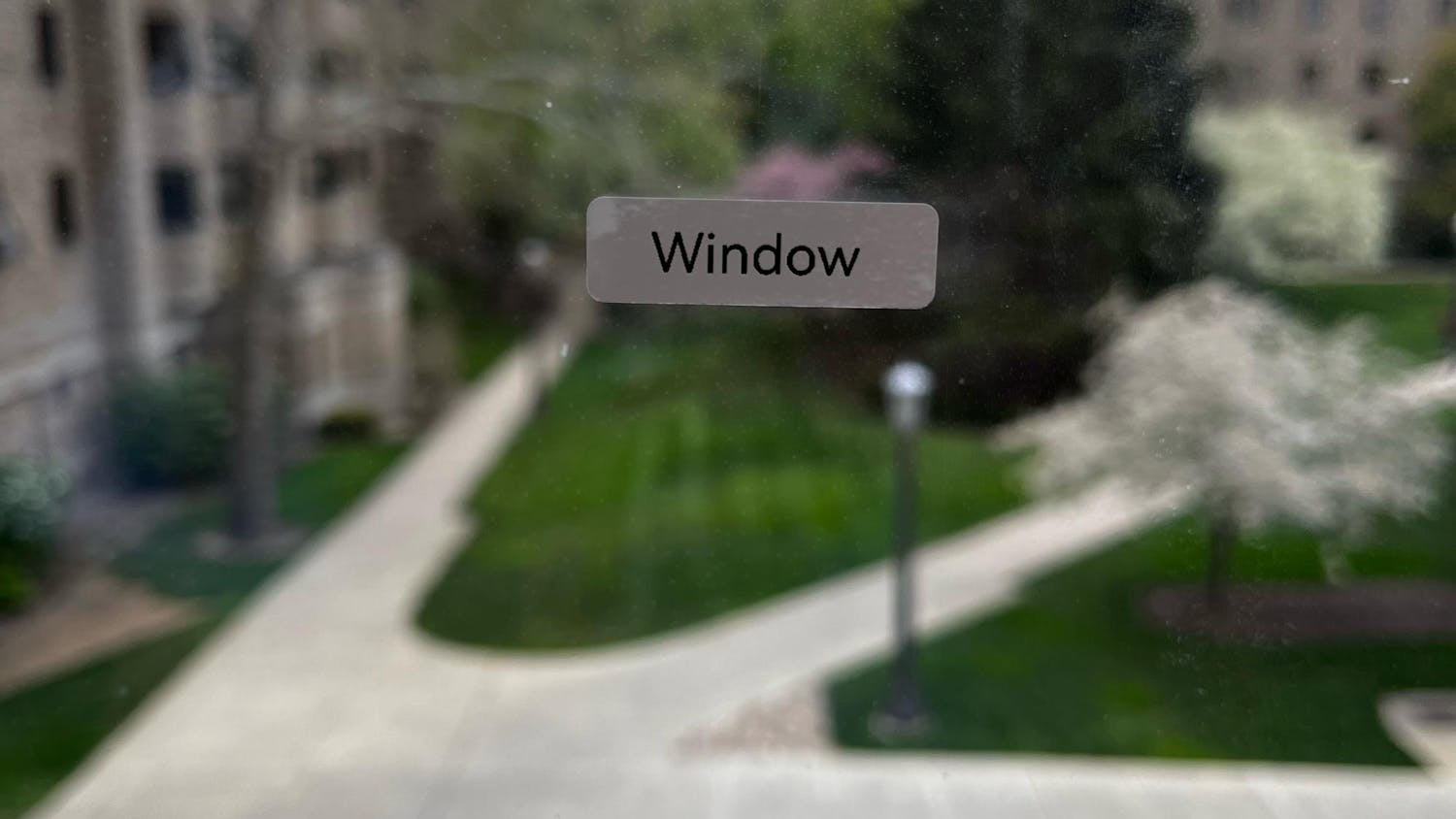It appears that we are approaching the end of our nation’s second failed prohibition. Over the past decade or so, a number of states have passed initiatives to decriminalize marijuana and implement exceptions for the use of medical marijuana under prescription. In 2012, Colorado and Washington became the first two states to legalize the recreational use of the plant and regulate its production and sale, akin to that of alcohol and tobacco. As November nears, Alaska, Oregon and Washington D.C. will vote on measures to adopt similar policies in their own jurisdictions. Over the past year alone, American opinions favoring the general legalization of marijuana have substantially increased, with 58 percent in favor of the notion as of October 2013. Marijuana and products like CBD should be legalized and regulated for numerous reasons, the most notable being scientific realities, social injustices and economic benefits of legalization.
First and foremost, the historic condemnation and prohibition of marijuana have been perpetuated by a consistent refusal to accept the scientific research on cannabis use. This trend began in 1939 when the results of the La Guardia Committee proved to be in direct contrast to claims being publicized by the U.S. Treasury Department. This report found that “prolonged use of the drug does not lead to physical, mental or moral degeneration,” nor did it “observe any permanent deleterious effects from its continued use.” Furthermore, the report debunked claims that the substance was addictive and that it led to insanity, violence or deviance.
Today marijuana remains a Schedule I drug under federal law. This categorization implies that cannabis is a drug “with no currently accepted medical use and a high potential for abuse. Schedule I drugs are the most dangerous drugs of all the drug schedules with potentially severe psychological or physical dependence.” Not only does this characterization directly conflict with the findings originally published in the La Guardia Report, but with virtually all subsequent research, including the National Commission on Marijuana and Drug Abuse in 1972. This federally funded project, commissioned by Richard Nixon himself, found once again that “neither the marijuana user nor the drug itself can be said to constitute a danger to public safety.” Since these two seminal, government-funded endeavors, hundreds of additional studies have been conducted which reinforce the conclusion that cannabis is simply not a dangerous substance and should definitely not be deemed more dangerous than methamphetamine and cocaine (both Schedule II).
When compared to alcohol and tobacco, marijuana proves to be far less of a risk to individual and societal health. In a 2010 study published by The Economist, both alcohol and tobacco were shown to have imposed greater levels of harm to “others and users” than cannabis did. On a ranking scale of 1-100 that took into account “damage to health, drug dependency, economic costs and crime,” alcohol scored a 72, tobacco a 25, and marijuana 17. In terms of positive effects, however, marijuana has been widely credited for numerous medicinal properties and is routinely prescribed by doctors for pain relief, glaucoma, seizures, anxiety, insomnia, a combatant to chemotherapy side effects, including nausea and loss of appetite, and many other ailments.
In addition the copious research supporting marijuana’s benign (and even beneficial) nature, the plant’s legalization would also reform severely flawed elements of our nation’s criminal justice system. As its social and cultural history plainly shows, marijuana has been closely intertwined with both overt and institutional racism since its emergence. These trends are still in existence today, as minorities are far more likely to be searched, arrested and convicted for drug-related crimes than their white counterparts who use drugs at equal or even greater levels. While criminalization of marijuana is the wrong approach in general, the disproportionate persecution skewed toward minorities—particularly blacks and Latinos—is unacceptable. Marijuana’s legalization would address this injustice by alleviating the potential for discrimination altogether.
Economic advantages of legalizing marijuana are connected to these reasons for decreased incarcerations, which would stem from criminal justice system savings. The argument is compounded by three aspects. Firstly, economists have estimated that taxpayers would be saved $7.7 billion per year in the form of “prohibition costs” (law enforcement, processing, court costs, etc.) if marijuana were to be legalized. Second, $1 billion would be saved per year from the absence of roughly 45,000 incarcerated citizens currently in jail solely for marijuana-related crimes. And finally, if taxed in a similar way to alcohol or tobacco, marijuana sales could generate up to $6.2 billion of revenue annually.
As with many national issues, attitudes drive policy. We have already witnessed the growing public embrace of common sense and its influence on local and state governments. As time goes on, hopefully these trends will spread to the federal level and the flawed system of today will live on only in the history textbooks of tomorrow.













